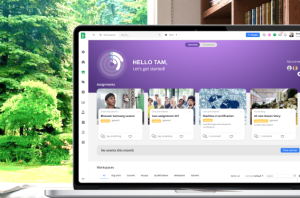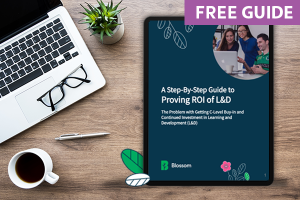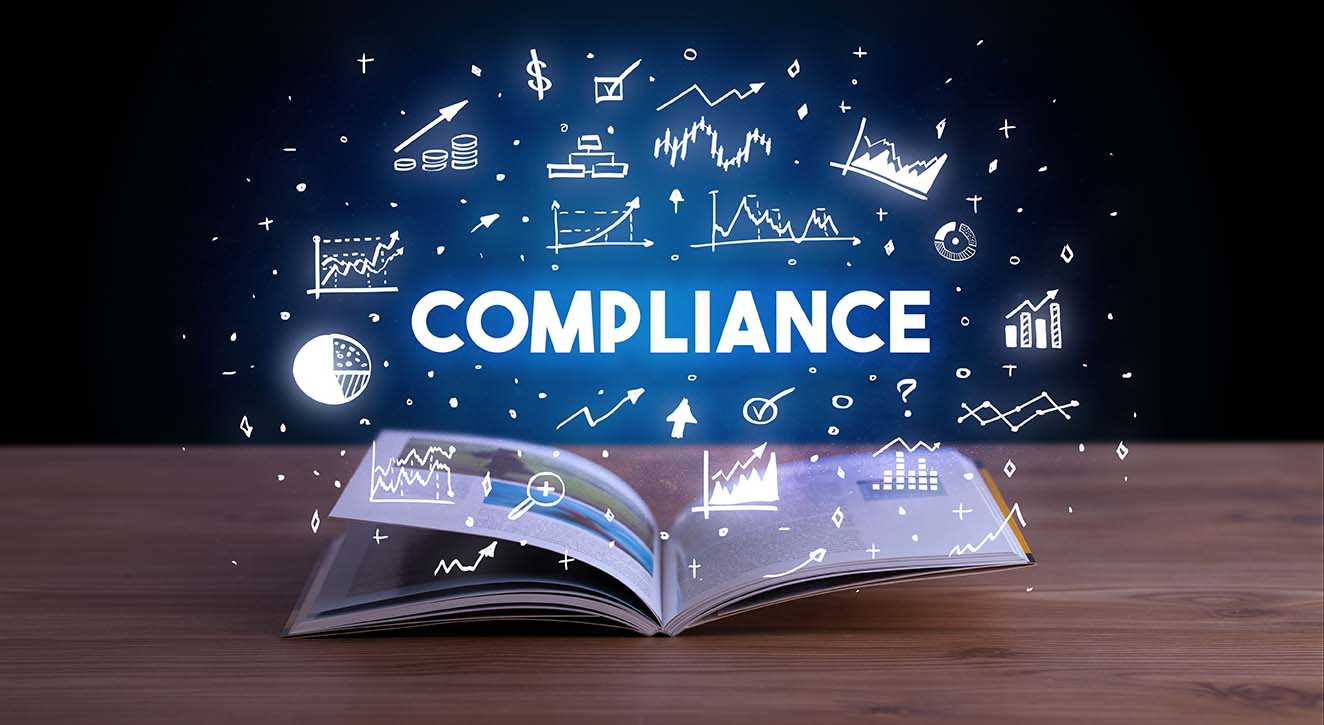Smart reporting systems strive to make data accessible and friendly, without falling into the information overload trap. The top-tier systems also do more that present data— smart reporting includes analytics, ROI analysis and multi-dimensional comparisons.
Organizational reporting can be a double-edged sword in the digital age. On one hand, the wealth of accessible information can help managers make better decisions and manage risk. On the other hand, the simplicity of creating, duplicating and sharing information online can lead to attention fragmentation and information overload.
The term “information overload” was coined by Professor Bertram Gross, his iconic book “The Managing of Organizations”. Gross says that “Information overload occurs when the amount of input to a system exceeds its processing capacity. Decision makers have fairly limited cognitive processing capacity. Consequently, when information overload occurs, it is likely that a reduction in decision quality will occur.” In order to prevent information overload, especially at the management level, leading organizations have begun to implement “disciplined subtraction” — removing meetings, limiting emails and laser-focusing goals.
Smart reporting systems strive to make data accessible and friendly, without falling into the information overload trap. The top-tier systems also do more that present data— smart reporting includes analytics, ROI analysis and multi-dimensional comparisons.
Automation and flexibility
Managers often request reports without realizing the amount of work needed to gather the data or considering whether its value justifies the investment. Despite the fact that many ripe organizations have the majority of the information they need in their existing system or systems, they are unable to access the relevant information without allocating organizational resources to collecting and organizing the data. This can be particularly challenging if information needs to be consolidated between several internal systems.
The default for many organizations is to collect data and build customized reports for every scenario or need. However, this can be time-consuming and resource heavy. Robust systems collect and condense data automatically, and offer multiple options to filter and organized data to meet dynamic organizational needs.
A smart reporting system enables managers to summarize, condense and filter data without investing valuable organizational resources.
Data curation and visualization
Just as we look to influencers and experts to curate information in our private lives, organizations can and should curate data for each employee and manager. When reports are curated for specific roles, they filter out inessential data, allowing employees and managers to focus on the data most meaningful to their job performance. Curated reporting supports organizational work processes, goals and yearly work cycles and can also give managers insight on employee performance from multiple perspectives.
Comprehensive dashboards can help curate information and prevent overload with helpful, easy-to-understand visualization. Smart systems make it easy to build and customize dashboards for specific roles within the organization and even recommend specific reports to users. They also flag critical data so that employees can take action in real time.
Curated reports and comprehensive dashboards make it easy for every employee to focus on the data most relevant to their job performance.
Insights and added value
Reporting is not an end in and of itself but should create value for the organization and its employees. Smart reporting, based on advanced analytics, does precisely that. It not only presents data, it prioritizes needs and identifies potential problems and weak spots so that the problems can be prevented before they occur. For example, smart systems can monitor employee engagement through metrics such as participation in the organizational social intranet or other internal communication platforms. Managers can then take active steps to engage employees and prevent future turnover.
Smart reporting can also help managers make data-driven decisions based on insightful benchmarks. For example, managers can use advanced analytics to calculate the ROI of potential investments. However, despite the potential, McKinsey estimates that less than 20% of organizations are utilizing the full potential of advanced analytics.
To sum it up, implementing a smart reporting system based on advanced analytics can help your organization make data-based decisions and improve performance without creating an information overload.
Want to find out how Blossom’s organizational management platform can support your business with customized reporting and advanced analytics? Contact us today.








